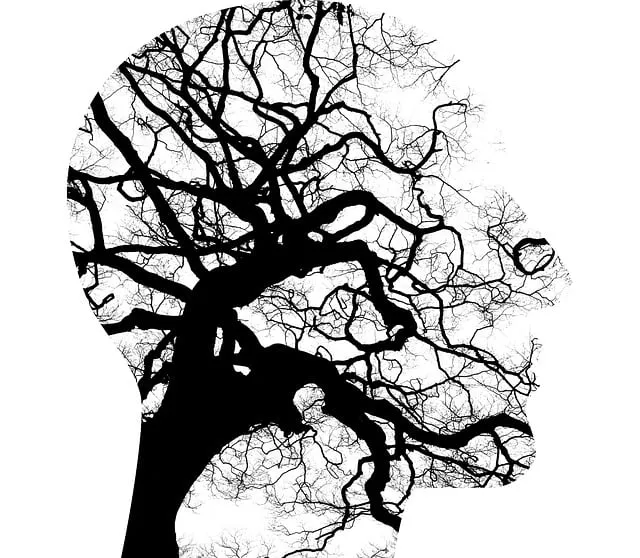Northglenn's Kaiser evaluates its mental health services through a multi-faceted approach combining qualitative and quantitative methods. Key metrics include crisis intervention success, communication strategies, self-care practices, client satisfaction surveys, and quantifiable outcomes like reduced symptom severity. Regular training ensures cultural competency and client-focused care, allowing continuous improvement in their mental wellness programs.
In today’s digital era, understanding the effectiveness of mental wellness programs is crucial. This article explores evaluation methods for Northglenn residents seeking mental health services at Kaiser. We delve into assessing program impact, comparing qualitative and quantitative approaches, and measuring client outcomes along with satisfaction. By examining these strategies, we aim to provide insights into how Kaiser’s mental health services in Northglenn can be optimized to better serve the community.
- Assessing Mental Health Program Impact
- Qualitative vs Quantitative Evaluation
- Measuring Client Outcomes and Satisfaction
Assessing Mental Health Program Impact

Evaluating the impact of mental wellness programs is a multifaceted process that goes beyond mere satisfaction surveys. At Kaiser in Northglenn, for instance, crisis intervention guidance plays a crucial role in assessing program effectiveness. This involves tracking the number and nature of crises averted, as well as the success rates of interventions in mitigating severe mental health episodes. By examining these metrics, the hospital can gauge how well its services align with the needs of the community.
In addition to crisis intervention, Kaiser Northglenn incorporates communication strategies and self-care practices into its evaluation framework. Effective communication channels ensure that participants feel heard and supported, while encouraging open dialogue about mental health challenges. Self-care practices, such as mindfulness training or stress management workshops, are also assessed for their ability to empower individuals with tools to manage their well-being independently. This holistic approach allows Kaiser to continuously refine its programs, ensuring they remain relevant and impactful in addressing the evolving mental health landscape.
Qualitative vs Quantitative Evaluation

When evaluating mental wellness programs, organizations like Kaiser in Northglenn often employ either qualitative or quantitative methods, each offering unique insights into program effectiveness. Qualitative evaluation delves into participants’ experiences and perceptions through open-ended interviews, focus groups, and case studies. This approach allows for a deep understanding of individual journeys, emotional responses, and the perceived impact of services on their mental health. It’s particularly valuable in exploring complex topics and providing rich data that can inform program improvements tailored to specific needs.
In contrast, quantitative evaluation relies on numerical data collected through surveys, statistical analyses, and metrics tracking. By measuring outcomes like reduced symptom severity, improved quality of life, or increased service utilization rates, this method provides a broader view of program success. It’s essential for understanding trends, assessing the reach of interventions, and contributing to evidence-based mental health policy analysis and advocacy. For instance, Kaiser in Northglenn might track participation rates in their mental health services alongside changes in patient satisfaction scores, offering valuable insights that can inform both service delivery and public awareness campaigns development.
Measuring Client Outcomes and Satisfaction

Measuring client outcomes and satisfaction is a crucial aspect of evaluating the effectiveness of mental wellness programs. Northglenn’s Kaiser, like many healthcare providers, employs various methods to assess these key areas. One common approach is through client surveys that gather qualitative and quantitative data on their experience and perceived improvements. These surveys can cover aspects such as symptom management, treatment satisfaction, and overall well-being, providing valuable insights into the program’s impact.
Additionally, quantifiable outcomes like reduced depression symptoms, improved stress reduction techniques, and enhanced coping mechanisms among participants demonstrate the program’s success in specific areas of mental health. Kaiser Northglenn may also integrate these evaluations with regular check-ins or follow-up sessions to track progress over time, ensuring continuous improvement and client-centered care. This holistic approach, coupled with training in cultural competency for healthcare providers, can further enhance the delivery of mental health services, catering to diverse community needs, including depression prevention and stress reduction methods.
Evaluating mental wellness programs is essential for understanding their effectiveness, particularly in places like Northglenn where access to quality care, such as that provided by Kaiser, is vital. By combining qualitative and quantitative methods, including measuring client outcomes and satisfaction, we can gain a comprehensive view of program impact. This approach ensures that services in areas like Northglenn align with the needs of the community and offer evidence-based support for improved mental health outcomes.






